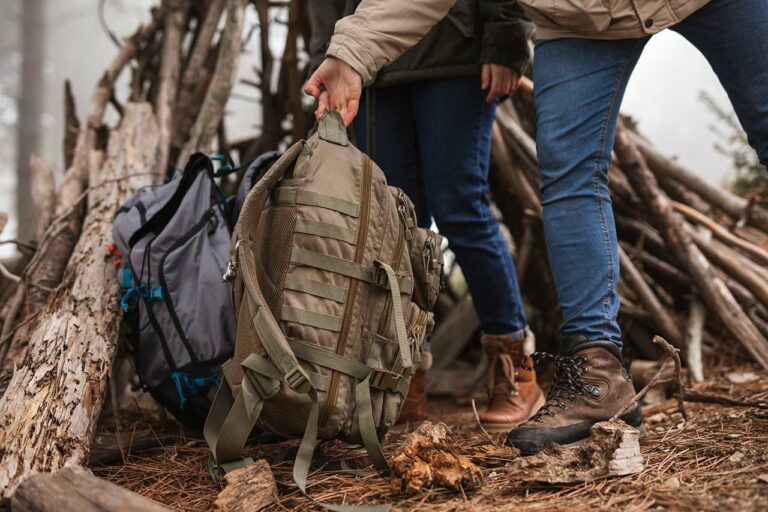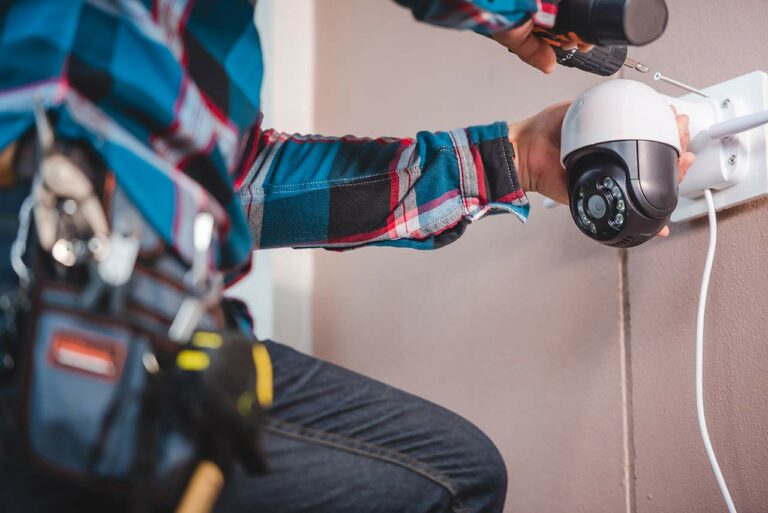Bugging In vs Bugging Out: Survival Strategies Compared
When faced with an emergency situation, you have two primary options: bugging in or bugging out. Understanding the differences between these two strategies is vital for your survival, as each has its time and place. Knowing when to stay put and tap into your supplies at home, and when to grab your bug-out bag and hit the road can make all the difference in keeping you and your family safe during a crisis.
So, let’s dive into these two strategies, and when it might be best to use each one.
What is Bugging In?
Bugging in refers to the decision to stay put in your current location during an emergency rather than evacuating. This approach involves hunkering down and riding out the storm, so to speak, in your familiar environment. When bugging in, it’s essential to have your essential supplies on hand, such as food, water, fuel, and clothing. Your focus will be on securing your home and ensuring the safety and well-being of those inside.
There are several reasons you might choose to bug in:
- Safety: Evacuating during an emergency can often be dangerous or unpredictable. Bugging in allows you to avoid the risks associated with migration.
- Resource Management: Bugging in typically makes it easier to manage your resources effectively, as you have better control over your supplies and can keep an eye on your inventory.
- Familiarity: By staying in your known environment, you’ll have a better understanding of the available resources, terrain, and potential hazards. This familiarity can be a significant advantage in ensuring your safety and survival.
What Is Bugging Out?
Bugging out is a survival strategy that involves leaving your home and moving to a more secure location when a disaster or emergency strikes. This is typically a preferred option if you live in a densely-populated area, are in an area directly affected by a disaster, or want to be on the move in case conditions rapidly deteriorate. With bugging out, the goal is to stay mobile and adapt to the ever-changing environment.
There are several reasons you might choose to bug out:
- Immediate Threat: If your current location is directly in the path of an imminent threat, such as a wildfire, flood, or hurricane, bugging out can be the safest option.
- Resource Scarcity: In situations where local resources, like food and water, have been exhausted or compromised, moving to a new location might be necessary to find essential supplies.
- Security Concerns: High population areas can become chaotic or dangerous during disasters. Bugging out can allow you to avoid potential conflict or violence.
- Infrastructure Damage: If infrastructure is severely damaged, such as water mains breaking, roads being impassable, or power grids failing, relocating might be the only option.
- Lack of Essential Services: If emergency services, medical care, or other critical services are no longer available in your area, you might need to relocate to access these necessities.
- Long-Term Sustainability: Sometimes, the aftermath of a disaster can make an area uninhabitable for extended periods. Bugging out can be a proactive move to find a more sustainable environment.
When to Bug In or Bug Out
Deciding whether to bug in or bug out during a crisis largely depends on the specifics of the situation. Your location, the nature of the disaster, and available resources all play significant roles in determining the best course of action.
In urban areas, bugging out might be more challenging due to higher population density and limited escape routes, but it can also be a good idea due to demands on resources and the greater likelihood of conflict.
If you’re in a rural area with a well-stocked and secure location, bugging in could be the smarter decision.
When faced with natural disasters, such as hurricanes or wildfires, in your immediate area, bugging out is often the safer option if it puts distance between you and the danger.
When dealing with civil unrest, including rioters or looting, the decision of whether to bug in or bug out varies based on the severity and proximity of the threat.
While it’s not exactly the most scientific approach to deciding whether to bug in or out, when it comes down to it the best way to decide whether you should bug in or bug out is to trust your instincts. Your gut feeling might signal when it’s time to get out or stay put. Don’t ignore these feelings, as they may be informed by your subconscious mind evaluating the situation.
Risks and Dangers
The risks and dangers associated with bugging in or out can be quite different. When deciding to bug in, consider the strength and security of your shelter against both natural and man-made threats. Make sure you have ample means to protect your home and provide for your family’s needs, such as:
- Fortified doors and windows
- A reliable water and food supply
- Adequate medical supplies
- Means for self-defense
When bugging out, consider the external threats you may face, such as weather and temperature, other people, and potential obstacles, like downed trees or power lines. To mitigate these risks, make sure you have a well-prepared bug out bag, a carefully chosen bug out location, and multiple backup routes in case you have to change course.
Essential Supplies for Bugging In and Bugging Out
Water and Food
When it comes to bugging in or out, prioritizing your water and food supplies is crucial. For both scenarios, you’ll need to have a substantial stockpile of bottled water or a reliable water filter to keep hydrated. It’s also crucial to have a variety of non-perishable food items for sustenance, such as canned goods, freeze-dried meals, and energy bars. If you have the space, consider including portable stoves or lightweight cooking gear in your home supply or bug out bag.
First Aid and Health Care
Whether bugging out or bugging in, you’ll also need a good medical supply. Putting together a comprehensive first aid kit, including essentials like bandages, antiseptic wipes, pain relievers, and any prescription medications you require, will keep you ready for any emergency that arises. Make sure you bone up on first-aid practices and basic medical knowledge in case you find yourself needing to administer care without professional help.
Survival Gear and Tools
Don’t forget to store or pack a reliable flashlight or headlamp, with spare batteries, to illuminate your path in either scenario. An entrenching tool or multipurpose survival shovel is a valuable addition to a bug out bag, aiding in the clearing of debris, cutting through branches, digging, or even self-defense if necessary. Essential tools, like a knife, fire starter, and cordage can aid in cutting, building shelter, or preparing food.
Balancing the Decision: In or Out
The choice between bugging in or out hinges on a dynamic evaluation of your circumstances. Bugging in leverages the strength of familiarity, the comforts of home, and the strategic advantage of pre-planned stockpiles. Bugging out emphasizes adaptability, mobility, and the potential to find fresh resources in unpredictable environments.
Both strategies are good ones, and both should be part of your long-term survival prep. Equip yourself with the knowledge, tools, and resources needed for each scenario. Regularly assess your environment, stay informed about potential threats, and be willing to pivot your strategy based on changing circumstances. Whether you choose to bug in or bug out, being well-prepared and adaptable will optimize your chances of safety and survival.






